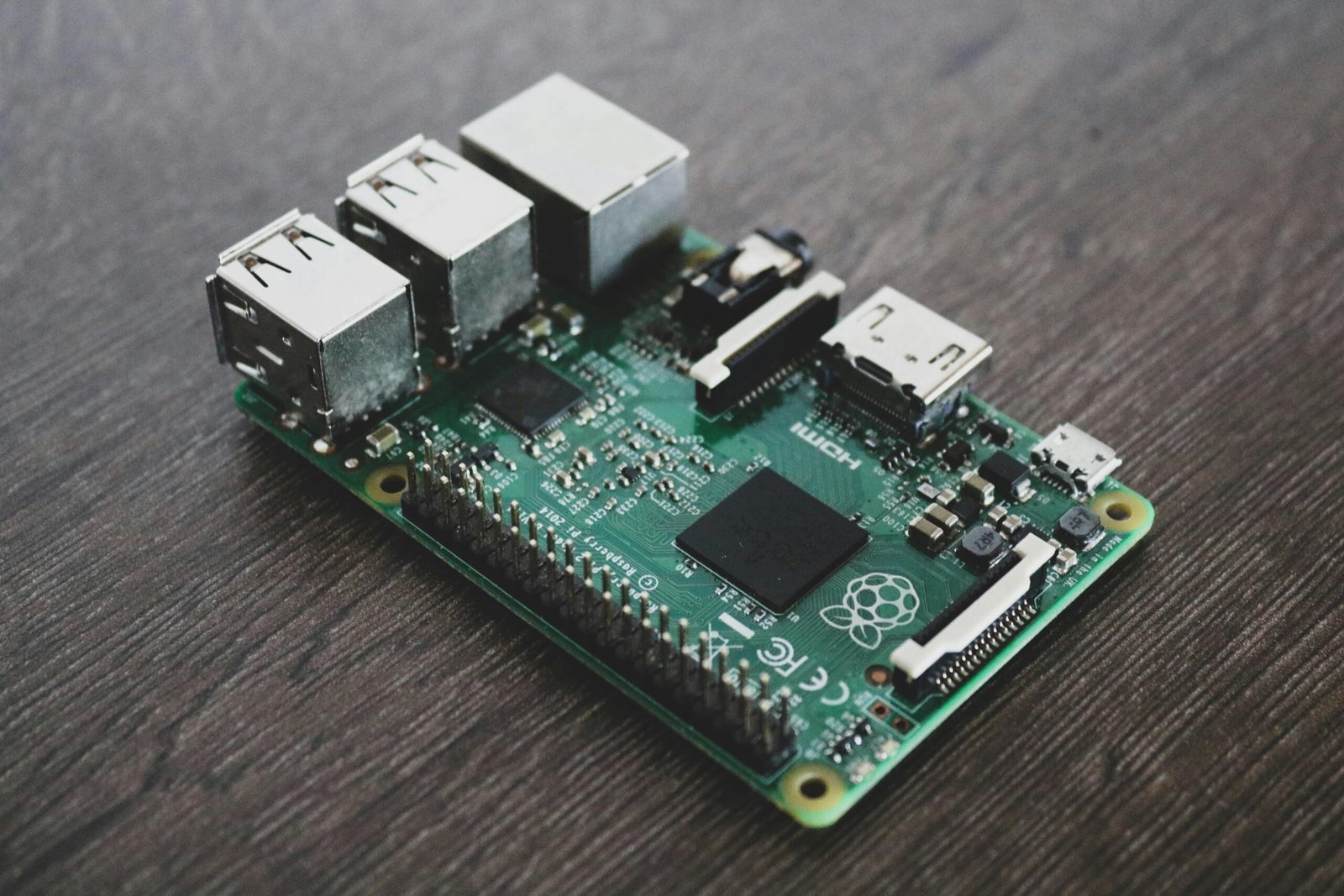The rapid evolution of the Internet of Things (IoT) has transformed our daily lives by connecting devices and optimizing processes. Amid growing concerns about environmental sustainability, eco-friendly IoT devices have emerged as pivotal tools for achieving a greener planet. These devices not only enhance efficiency but also reduce resource consumption, making them an essential component of sustainable living.
Table of Contents
What Are Eco-Friendly IoT Devices?
Eco-friendly IoT devices are designed to minimize environmental impact by optimizing energy usage, reducing waste, and promoting sustainable practices. These devices combine smart technologies with environmentally conscious designs, enabling users to monitor and control their resource consumption effectively.
The Role of IoT in Environmental Sustainability
IoT technologies contribute significantly to environmental conservation by enabling smarter resource management. Key areas where eco-friendly IoT devices make an impact include:
- Energy Efficiency
Smart thermostats, energy monitors, and lighting systems optimize energy consumption by analyzing usage patterns and adjusting settings in real time. This reduces electricity bills and lowers carbon footprints. - Water Conservation
Smart irrigation systems and leak detectors monitor water usage and prevent wastage. These devices ensure efficient water distribution and immediate alerts for leaks or overuse. - Waste Management
IoT-enabled smart bins and recycling systems track waste levels and automate collection schedules, reducing unnecessary trips and promoting recycling.
Top Eco-Friendly IoT Devices for a Sustainable Future
1. Smart Thermostats
Smart thermostats, such as the Nest Learning Thermostat and Ecobee, learn user preferences and automatically adjust heating and cooling settings. This reduces energy consumption without compromising comfort.
2. Solar-Powered IoT Devices
Solar-powered sensors and cameras harness renewable energy to operate without relying on traditional power sources. These devices are ideal for outdoor applications and contribute to reducing greenhouse gas emissions.
3. Smart Plugs and Outlets
Smart plugs monitor energy usage and allow users to control appliances remotely. By scheduling operations, these devices help eliminate phantom power consumption.
4. IoT-Enabled Appliances
Smart refrigerators, washing machines, and dishwashers optimize operations based on load and usage patterns. These appliances reduce energy and water consumption while enhancing convenience.
5. Smart Irrigation Systems
Devices like Rachio and RainMachine use weather data and soil sensors to water plants efficiently. This prevents overwatering and ensures optimal water usage for landscaping.
The Benefits of Eco-Friendly IoT Devices
Reduced Energy Consumption
Eco-friendly IoT devices optimize energy usage, helping users save money while reducing their carbon footprint. For instance, smart lighting systems dim or turn off lights when rooms are unoccupied.
Improved Resource Management
Real-time monitoring and analytics enable users to track their consumption patterns. This data empowers individuals and businesses to make informed decisions about resource utilization.
Lower Greenhouse Gas Emissions
By promoting energy efficiency and renewable energy sources, eco-friendly devices significantly cut down greenhouse gas emissions.
Cost Savings
Although initial investments in smart devices may be higher, the long-term savings on utility bills and maintenance costs make them a cost-effective choice.
Challenges and Considerations
While eco-friendly IoT devices offer numerous benefits, there are challenges to address:
- Initial Cost
High upfront costs can deter users from adopting these technologies. However, long-term savings and environmental benefits outweigh these expenses. - Data Privacy
IoT devices collect and transmit sensitive data. Ensuring robust cybersecurity measures is critical to protecting user information. - E-Waste Management
The proliferation of IoT devices raises concerns about electronic waste. Manufacturers must prioritize recycling and sustainable production practices.
The Future of Eco-Friendly IoT Devices
As technology continues to evolve, the potential of eco-friendly devices will expand. Innovations in artificial intelligence, machine learning, and renewable energy integration will make these devices more innovative and more efficient. Collaboration between governments, businesses, and consumers is essential to drive adoption and create a sustainable future.
Conclusion
Eco-friendly IoT devices are revolutionizing the way we interact with our environment. By optimizing resource usage, reducing waste, and promoting sustainability, these smart solutions play a vital role in combating climate change and building a greener planet. As we embrace these technologies, we take a step closer to a sustainable future where efficiency and environmental consciousness go hand in hand.
Share this content:






